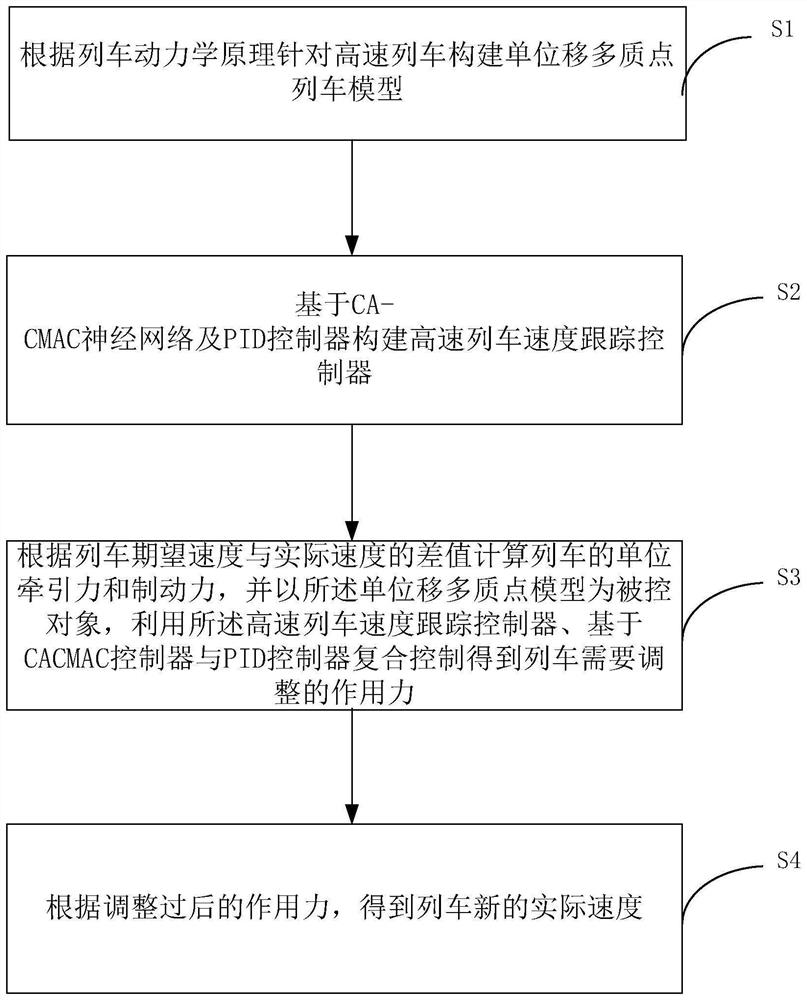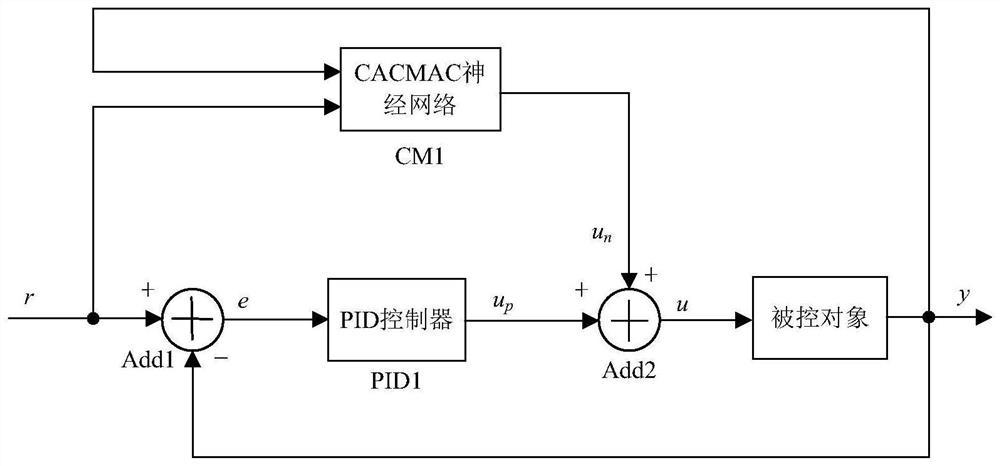High-speed train speed control method and system
A high-speed train and speed control technology, which is applied to electric controllers, controllers with specific characteristics, etc., can solve problems such as uncertainty, complex calculation process, and many nonlinear systems, so as to improve efficiency, simplify the calculation process, The effect of improving accuracy
- Summary
- Abstract
- Description
- Claims
- Application Information
AI Technical Summary
Problems solved by technology
Method used
Image
Examples
Embodiment
[0154] In this embodiment, the controlled object of the experimental simulation is the unit-shift multi-mass train model proposed in Section 1, the total mass of the train is 840t, its maximum operating speed is 350km / h, and the speed limit of the automatic train protection is 360km / h , select the basic resistance parameters a, b and c as a=0.53, b=0.0039, c=0.000114 respectively, and then write the Matlab simulation program through the learning algorithm in section 2.1. There are 2000 expected speed sample points in this simulation. The system is configured as CORE i7, and the memory is 8GB to run the program on a computer, the result is as follows Figure 6 , Figure 7 , Figure 8 and Figure 9 As shown, the actual speed and actual distance of the train can track the given expected speed and expected distance very well. The error curve basically fluctuates around the zero curve, and the maximum speed tracking error is kept within the range of ±4km / h, and the maximum dista...
PUM
 Login to View More
Login to View More Abstract
Description
Claims
Application Information
 Login to View More
Login to View More - Generate Ideas
- Intellectual Property
- Life Sciences
- Materials
- Tech Scout
- Unparalleled Data Quality
- Higher Quality Content
- 60% Fewer Hallucinations
Browse by: Latest US Patents, China's latest patents, Technical Efficacy Thesaurus, Application Domain, Technology Topic, Popular Technical Reports.
© 2025 PatSnap. All rights reserved.Legal|Privacy policy|Modern Slavery Act Transparency Statement|Sitemap|About US| Contact US: help@patsnap.com



